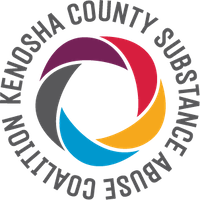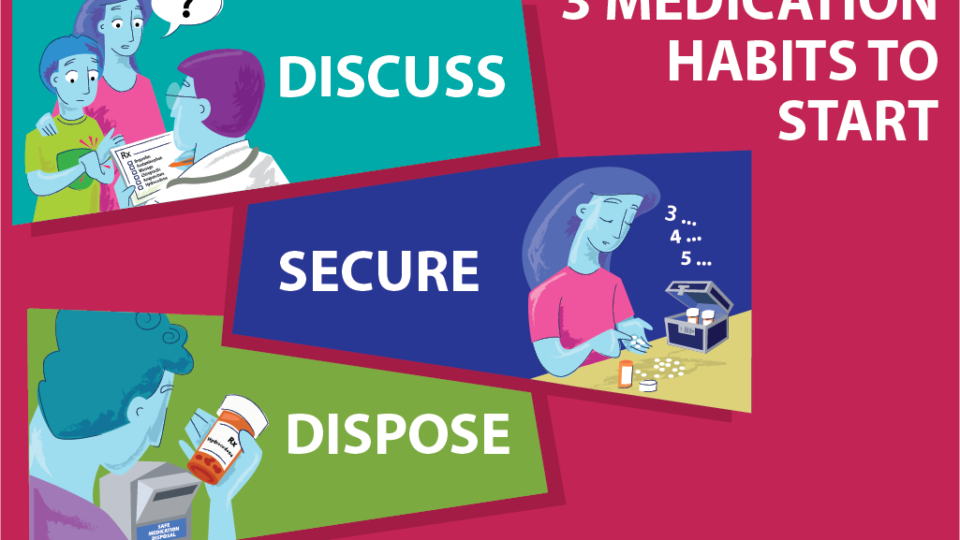The story has echoed across the nation—“Toxic Mix of Pills and Alcohol Fuels Spike in Deaths; Prescription Pills: Addition Hell; Painkillers Lead to Dependence on Heroin.” These painkillers, known as a class of medications called opioids, can be dangerous when prescribed for an extended period of time and at excessive amounts. Highly addictive, for years they have been the first line of defense for pain management throughout the healthcare system. As the saying goes, “You’re experiencing pain? I have a pill for that!”
With new CDC requirements, prescribers are taking a closer look at prescribing habits, focusing much of their attention on prescribing for shorter periods of time, at minimal strengths, providing patients with no refills, and referring them to alternative therapies. Use of these therapies can help reduce acute and chronic pain, significantly lessening the risk of dependence on opioids and a life of addiction.
NSAIDS
Non-steroidal anti-inflammatory drugs, or NSAIDS, are medications used to reduce pain, inflammation, and/or swelling. The most commonly utilized pain reliever, these medications are used to assist with discomforts such as headaches, muscle aches, back pain, or toothaches. Examples of NSAIDS include aspirin, ibuprofen, and naproxen. When used as directed, and in conjunction with acetaminophen, these medications have been shown to be more effective in the reduction of pain than an opioid pain medication.
PHYSICAL THERAPY
Physical Therapy (PT), a category of rehabilitative or restorative health that has been around for 90+ years, utilizes exercise and equipment to focus on movement, pain reduction, restorative function, and prevention of disabilities or additional injury for a variety of conditions.
CHIROPRACTIC
Practiced for over 100 years, chiropractic treatment uses spinal manipulation or adjustments to treat disorders of the musculoskeletal and nervous system. Chiropractic services are typically sought out for treatment of back, neck, or joint pain and headache. The approach chiropractic physicians take is a hands on, drug free approach, with encouragement to additionally engage in rehabilitative exercises and address dietary/nutritional improvements with behavioral counseling.
MASSAGE THERAPY
Individuals seek massage therapy services for pain management, stress, anxiety, relaxation, or promotion of wellness. This therapy focuses on the health and well being of an individual, utilizing a hands-on manipulation approach. With varying intensities of pressure, manipulation of soft body tissues such as muscles, ligaments, tendons, and skin occur to create a therapeutic and healing effect. Dependent on an individual’s reason to seek massage services, many treatment modalities or options are available to aid in the reduction of pain, stress, and muscle tension.
ACUPUNCTURE
Founded in the Chinese culture, this alternative therapy is practiced by inserting thin needles under the skin to stimulate pressure points on the body. With the focus on balancing the flow of energy, it is believed that once these specific points are activated, the flow of energy is restored and balanced, assisting in the reduction of discomfort and providing relief from events such as nausea, headaches, low back, neck, and dental pain and osteoarthritis.
MINDFULNESS
This therapy has roots in various religious traditions, including but not limited to, Hinduism, Judaism, Christianity, and Buddhism. Being practiced for thousands of years, mindfulness is a mental state achieved by tuning in to one’s emotions, thoughts, and body while staying fully present for a period of time. Mindfulness can be performed by anyone, allowing one to stay true to him or herself, and can become a way of living, reducing stress while allowing one to be more thoughtful and caring in everyday life.
Choosing the easy route of pain relief, obtaining that prescription for opioids from the physician, is convenient and less work, but utilizing these alternative therapies can provide relief from various discomforts and reduce the risk of harm associated with prescription pain medications. Before filling that prescription for opioids, weigh the pros and cons of alternative therapies, and advocate for yourself, asking your physician about various treatments other than narcotic painkillers. Uncomfortable conversations save lives, and in the end, it could be the difference between living or dying, and the convenience opioids once were could end up a hellish nightmare.




